Home>Gardening & Outdoor>Landscaping Ideas>What Does Pampas Grass Symbolize
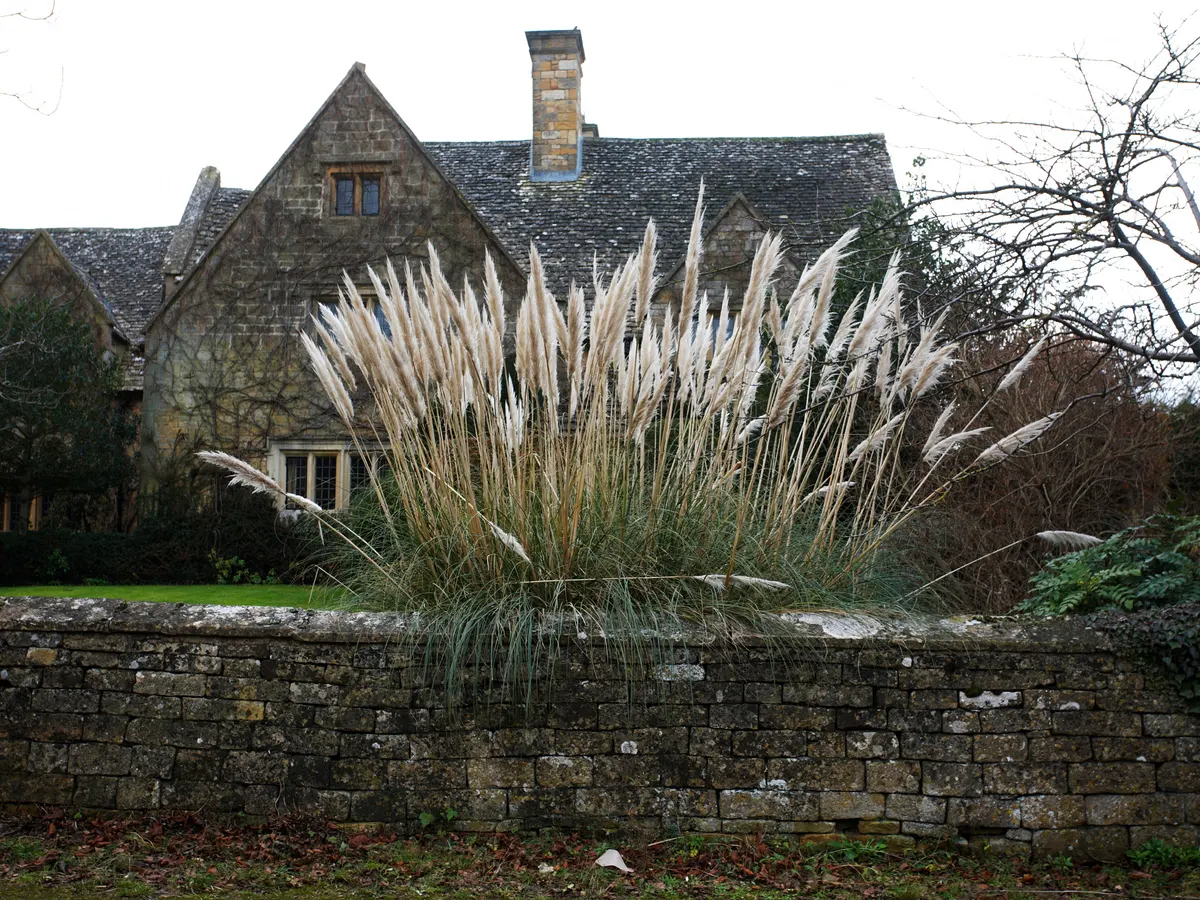

Landscaping Ideas
What Does Pampas Grass Symbolize
Modified: March 24, 2024
Discover the symbolic meaning of pampas grass and get inspired with creative landscaping ideas to incorporate this versatile plant into your outdoor space. Explore the diverse uses and cultural significance of pampas grass in landscaping.
(Many of the links in this article redirect to a specific reviewed product. Your purchase of these products through affiliate links helps to generate commission for Storables.com, at no extra cost. Learn more)
Introduction
Pampas grass, with its feathery plumes and towering stalks, has captivated the imagination of garden enthusiasts and artists alike. This majestic plant, native to the vast plains of South America, has not only left an indelible mark on the landscape but has also woven itself into the cultural tapestry of many societies. Its significance goes beyond its ornamental value, as it holds a deep symbolism that transcends geographical boundaries.
In this article, we will delve into the rich history and cultural symbolism of pampas grass, exploring its enduring presence in art, literature, and modern interpretations. Whether adorning a serene garden or serving as a muse for creative expression, pampas grass continues to evoke a sense of wonder and contemplation. Join us on a journey to unravel the enigmatic allure of this iconic botanical marvel.
Key Takeaways:
- Pampas grass, originating from South America, symbolizes resilience, abundance, and the untamed spirit of the plains, inspiring art, literature, and modern interpretations across diverse cultures.
- Its feathery plumes and graceful silhouette have captivated the hearts of people, serving as a profound symbol of beauty, resilience, and the enduring connections between humanity and the natural world.
Read more: What Does Green Grass Symbolize
History of Pampas Grass
The history of pampas grass is deeply intertwined with the expansive landscapes of South America, where it thrives in the fertile soils and temperate climates. Indigenous to the Pampas region, which spans across Argentina, Brazil, and Uruguay, this striking grass species, scientifically known as Cortaderia selloana, has been a part of the natural ecosystem for centuries.
It is believed that pampas grass was first introduced to Europe in the 19th century, where it quickly gained popularity as an ornamental plant due to its graceful appearance and hardiness. Its elegant plumes and resilient nature made it a coveted addition to gardens and estates, particularly in the United Kingdom and the United States.
During the Victorian era, pampas grass became a symbol of prosperity and refinement, adorning the grounds of stately homes and public parks. Its towering stature and ethereal blooms made it a focal point in landscaping, often used to create dramatic visual impact in large outdoor spaces.
As the appreciation for exotic flora and horticultural diversity grew, pampas grass found its way into botanical collections and botanical gardens around the world, further solidifying its status as a botanical treasure. Its journey from the windswept plains of South America to the manicured gardens of Europe and beyond is a testament to its enduring allure and adaptability.
Cultural Symbolism
Beyond its physical beauty, pampas grass carries profound cultural symbolism that varies across different societies and historical contexts. In its native region of South America, the plant holds deep significance for indigenous communities, representing resilience, abundance, and the untamed spirit of the plains. The feathery plumes of the grass sway in the winds, symbolizing the harmonious dance between nature and the elements, a testament to the enduring vitality of the land.
In Japanese culture, pampas grass, known as susuki, is associated with the changing of seasons and is often featured in traditional autumnal decorations. It symbolizes the transient nature of life and the beauty of impermanence, reminding observers of the fleeting yet exquisite moments that define the human experience.
Moreover, pampas grass has found its place in Western symbolism, where it has been linked to notions of freedom, expansiveness, and the unyielding spirit of exploration. Its widespread cultivation in the Western world during the 19th century coincided with a period of industrial and cultural expansion, and its presence in ornamental gardens came to embody the aspirations and dreams of a burgeoning society.
Additionally, pampas grass has been associated with purity and peace, often featured in weddings and ceremonial occasions as a symbol of unity and harmony. Its ethereal appearance and gentle rustling in the breeze lend an air of tranquility and grace to any setting, making it a cherished emblem of love and serenity.
Across cultures and traditions, pampas grass continues to evoke a sense of wonder and contemplation, serving as a poignant reminder of the enduring connections between humanity and the natural world.
Pampas grass symbolizes freedom, prosperity, and good luck. It is often used in floral arrangements to represent these positive qualities.
Pampas Grass in Art and Literature
The timeless allure of pampas grass has inspired generations of artists and writers, finding its way into the realms of art and literature as a symbol of beauty, resilience, and untamed wilderness. In visual art, the feathery plumes and graceful silhouette of pampas grass have been a recurring motif, often depicted in serene landscapes or as standalone subjects capturing the essence of natural elegance.
During the Impressionist movement, pampas grass made its way into the works of renowned painters, who sought to capture the ephemeral qualities of light and atmosphere. The delicate fronds of the grass, illuminated by the soft glow of the sun, became a source of fascination, symbolizing the fleeting moments of tranquility and harmony amidst the ever-changing tapestry of nature.
Likewise, in literature, pampas grass has been woven into evocative prose and poetry, serving as a metaphor for resilience, adaptability, and the enduring spirit of the human soul. Writers have drawn parallels between the tenacity of the grass, which thrives in diverse environments, and the indomitable resilience of the human spirit in the face of adversity.
Furthermore, pampas grass has been a recurring motif in Japanese haiku and waka poetry, where it is often used to evoke the melancholic beauty of autumn and the transient nature of existence. Poets have crafted verses that capture the ethereal grace of the grass, its slender stalks swaying in the autumn breeze, a poignant reflection of the impermanence of life and the poignant beauty found in fleeting moments.
Whether portrayed on canvas or immortalized in verse, pampas grass continues to inspire creative expression, inviting artists and writers to contemplate the profound connections between humanity and the natural world, and to celebrate the enduring beauty of the untamed landscapes from which it emerges.
Modern Interpretations
In contemporary times, pampas grass has experienced a resurgence in popularity, finding its place in modern interpretations of landscape design, interior decor, and sustainable living. With a growing emphasis on eco-friendly practices and the integration of natural elements into urban spaces, pampas grass has emerged as a versatile and visually striking addition to contemporary environments.
One of the most notable modern interpretations of pampas grass is its incorporation into minimalist and bohemian interior design. The feathery plumes and sculptural form of the grass have become sought-after elements in creating serene and organic living spaces. Whether displayed in tall vases as statement pieces or integrated into dried floral arrangements, pampas grass adds a touch of natural elegance to modern interiors, evoking a sense of tranquility and connection to the outdoors.
Furthermore, in sustainable landscaping practices, pampas grass has garnered attention for its low-maintenance and drought-tolerant qualities. As water conservation and environmental stewardship become increasingly important, the grass’s ability to thrive in diverse climates and soil conditions makes it a valuable asset in sustainable gardening and landscaping initiatives.
Beyond its ornamental and ecological significance, pampas grass has also found its way into contemporary fashion and artistic expression. Its ethereal plumes and earthy hues have inspired fashion designers, who incorporate its delicate textures and natural tones into garments and accessories, infusing their creations with a sense of organic beauty and timeless elegance.
Moreover, pampas grass has become a beloved feature in social events and celebrations, adorning wedding venues, festive gatherings, and artistic installations. Its graceful presence adds an enchanting touch to special occasions, embodying the enduring symbolism of love, unity, and the timeless allure of the natural world.
As society continues to embrace sustainable living, organic aesthetics, and a deeper appreciation for the beauty of nature, pampas grass stands as a testament to the enduring relevance of botanical wonders in the modern world, inspiring new interpretations and creative expressions that honor its timeless appeal.
Read more: What Does Greenery Symbolize
Conclusion
Throughout history, pampas grass has transcended its botanical origins to become a profound symbol of beauty, resilience, and cultural significance. From the windswept plains of South America to the elegant gardens of Europe and the contemporary landscapes of the modern world, its graceful presence has captivated the hearts and imaginations of people across diverse cultures and artistic expressions.
The rich history and cultural symbolism of pampas grass underscore its enduring allure as a botanical marvel, embodying themes of untamed wilderness, seasonal transitions, and the timeless harmony between humanity and the natural world. Its representation in art, literature, and contemporary interpretations speaks to its ability to inspire creativity, evoke contemplation, and symbolize the enduring connections between humanity and the environment.
As pampas grass continues to find its place in the modern world, from sustainable landscapes to minimalist interiors and artistic expressions, it serves as a poignant reminder of the intrinsic beauty and resilience of the natural world. Its feathery plumes and graceful silhouette stand as a testament to the enduring allure of botanical wonders, inviting us to embrace the timeless elegance and untamed spirit that it embodies.
In essence, pampas grass transcends its role as a mere ornamental plant, emerging as a profound symbol that resonates with the human experience, cultural traditions, and the enduring beauty of the natural world. Its story is one of resilience, adaptability, and timeless grace, weaving a narrative that continues to inspire and captivate those who encounter its ethereal presence.
Frequently Asked Questions about What Does Pampas Grass Symbolize
Was this page helpful?
At Storables.com, we guarantee accurate and reliable information. Our content, validated by Expert Board Contributors, is crafted following stringent Editorial Policies. We're committed to providing you with well-researched, expert-backed insights for all your informational needs.
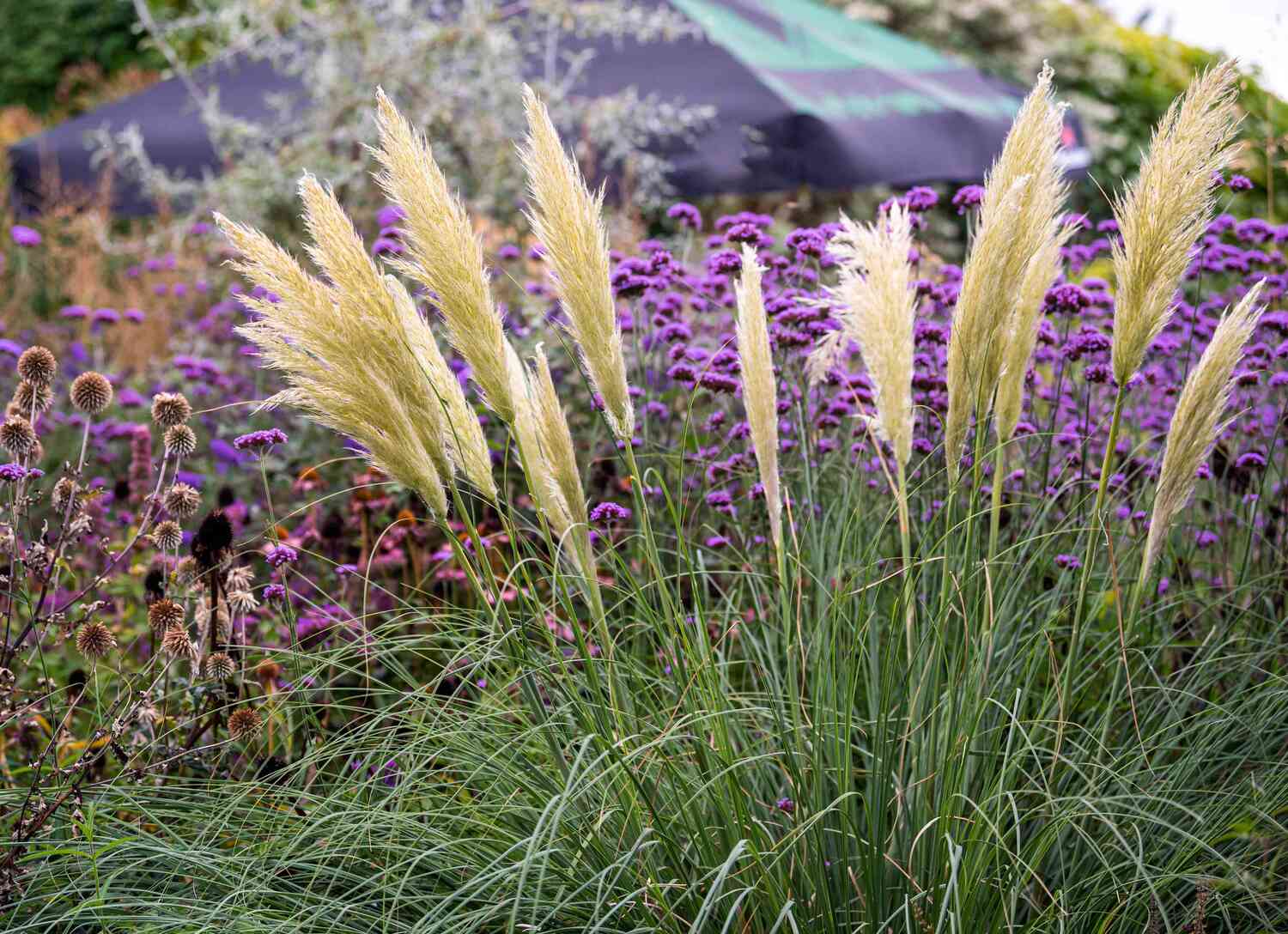
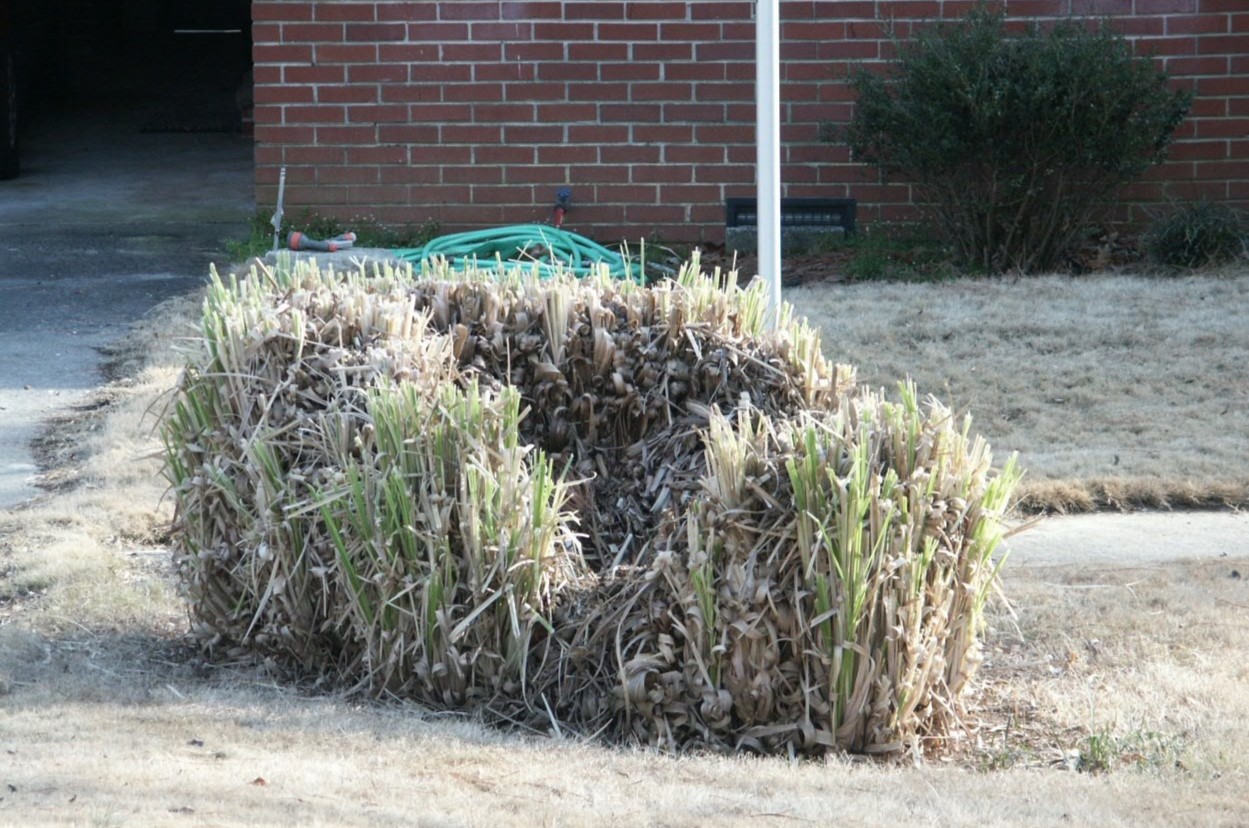
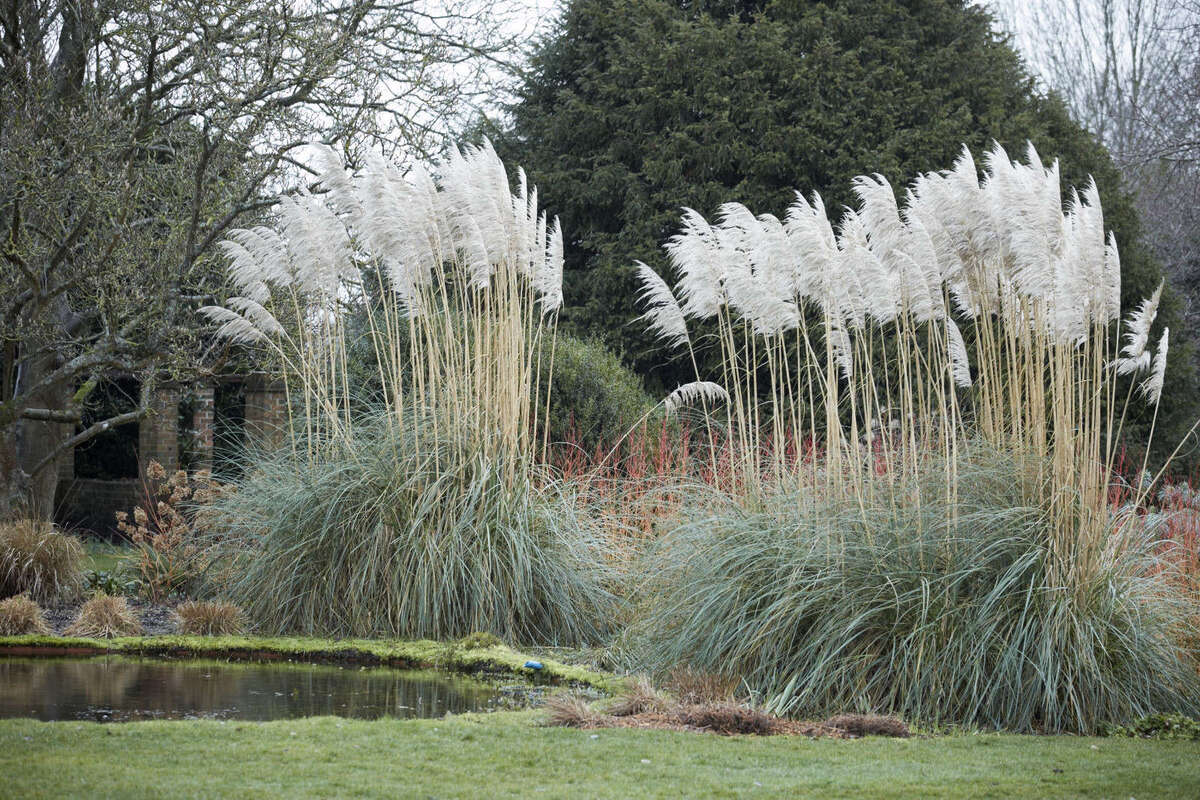
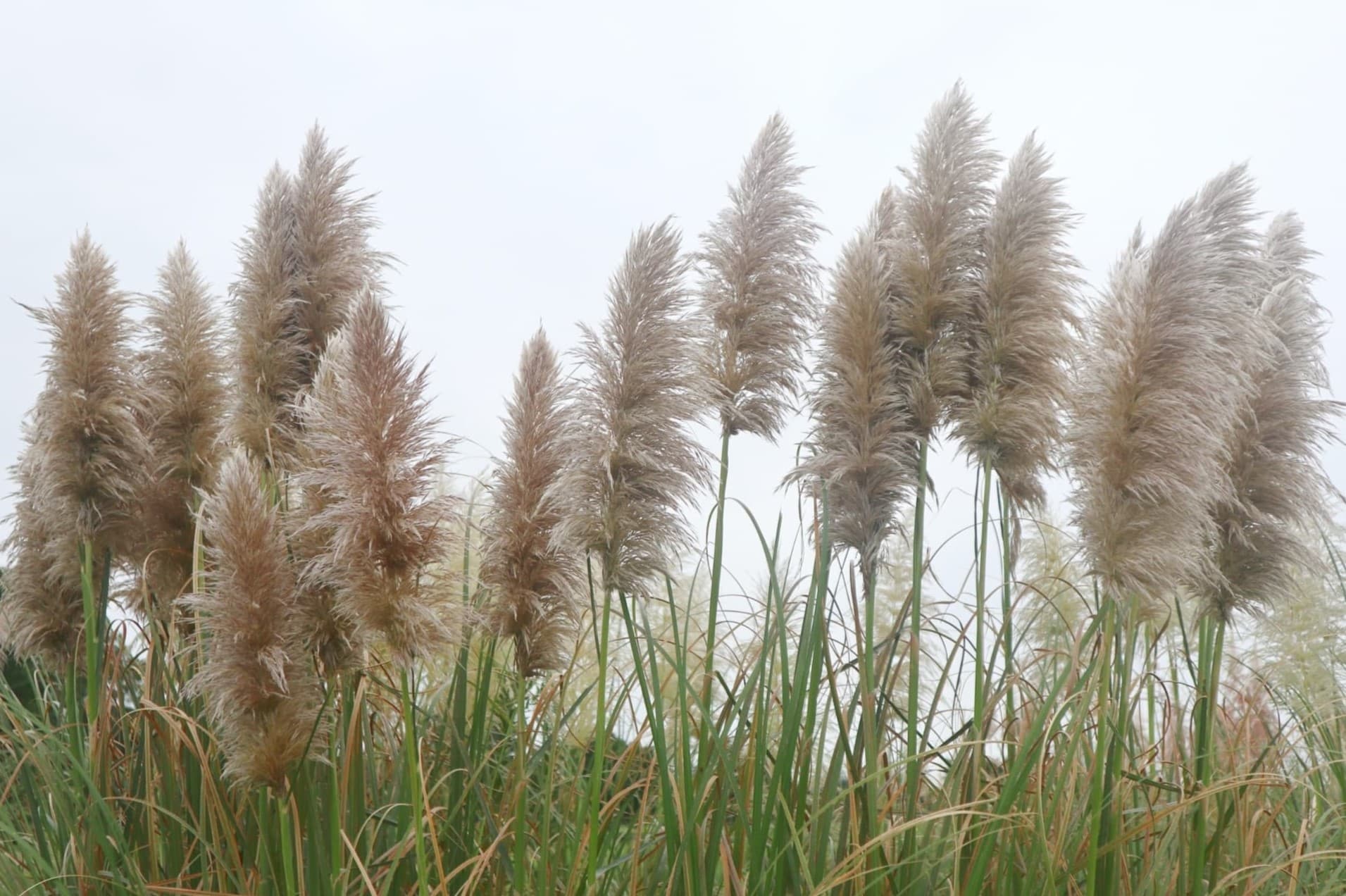
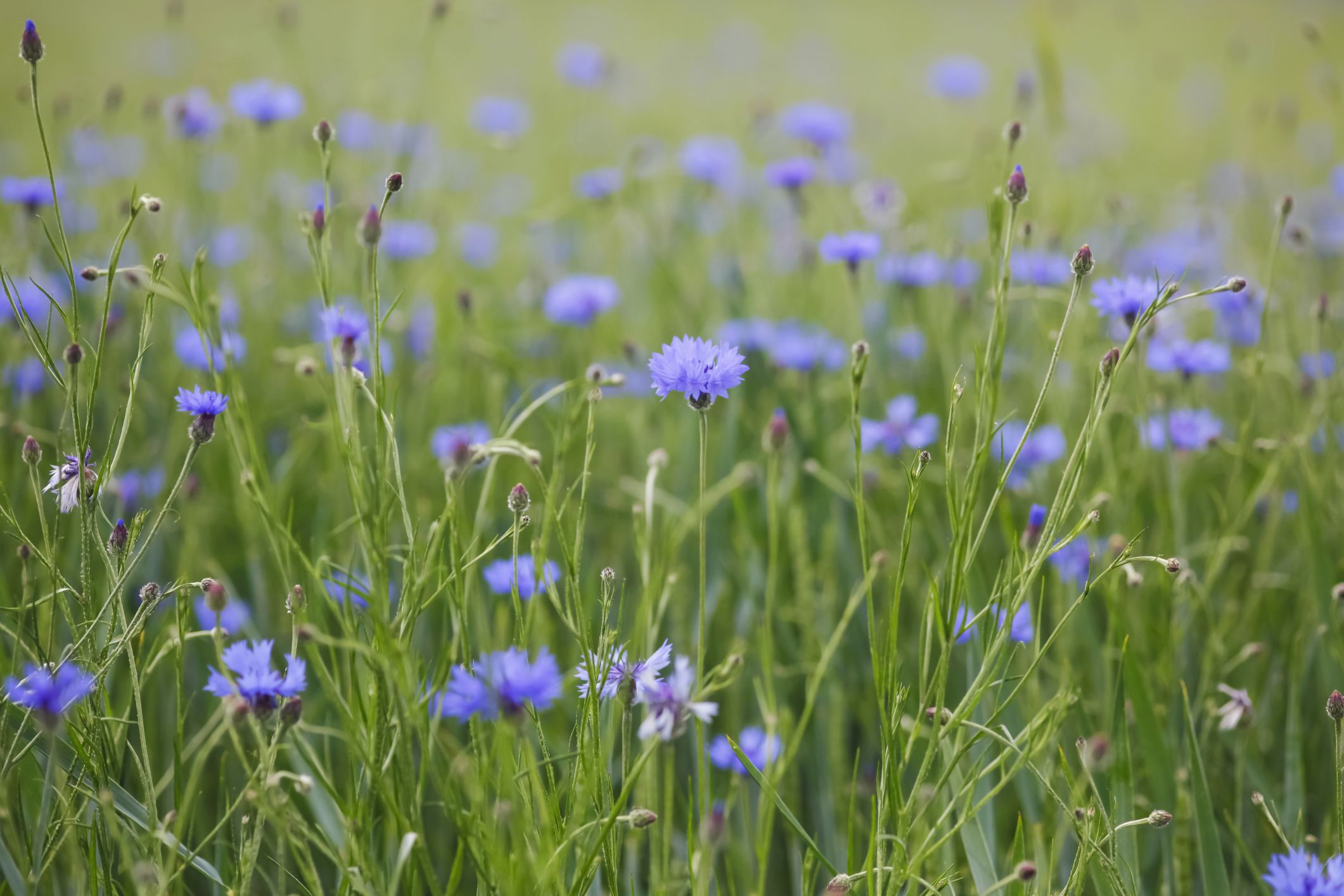
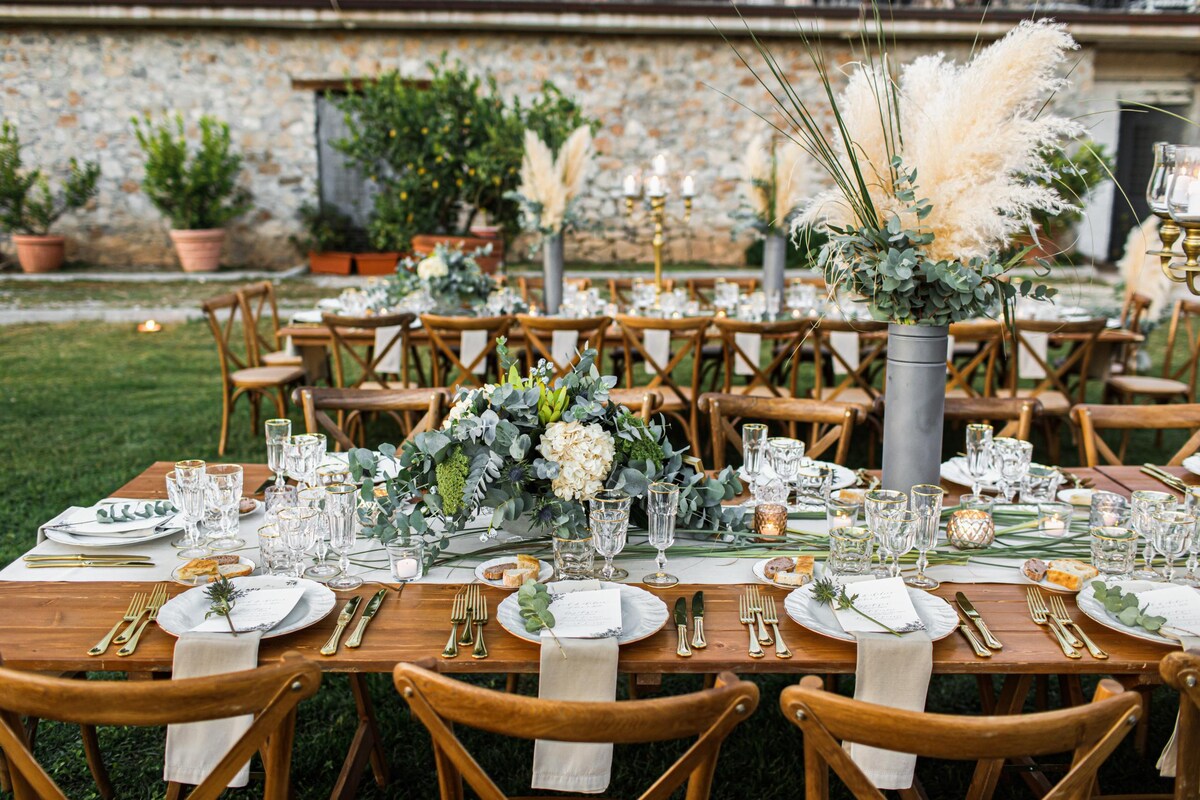
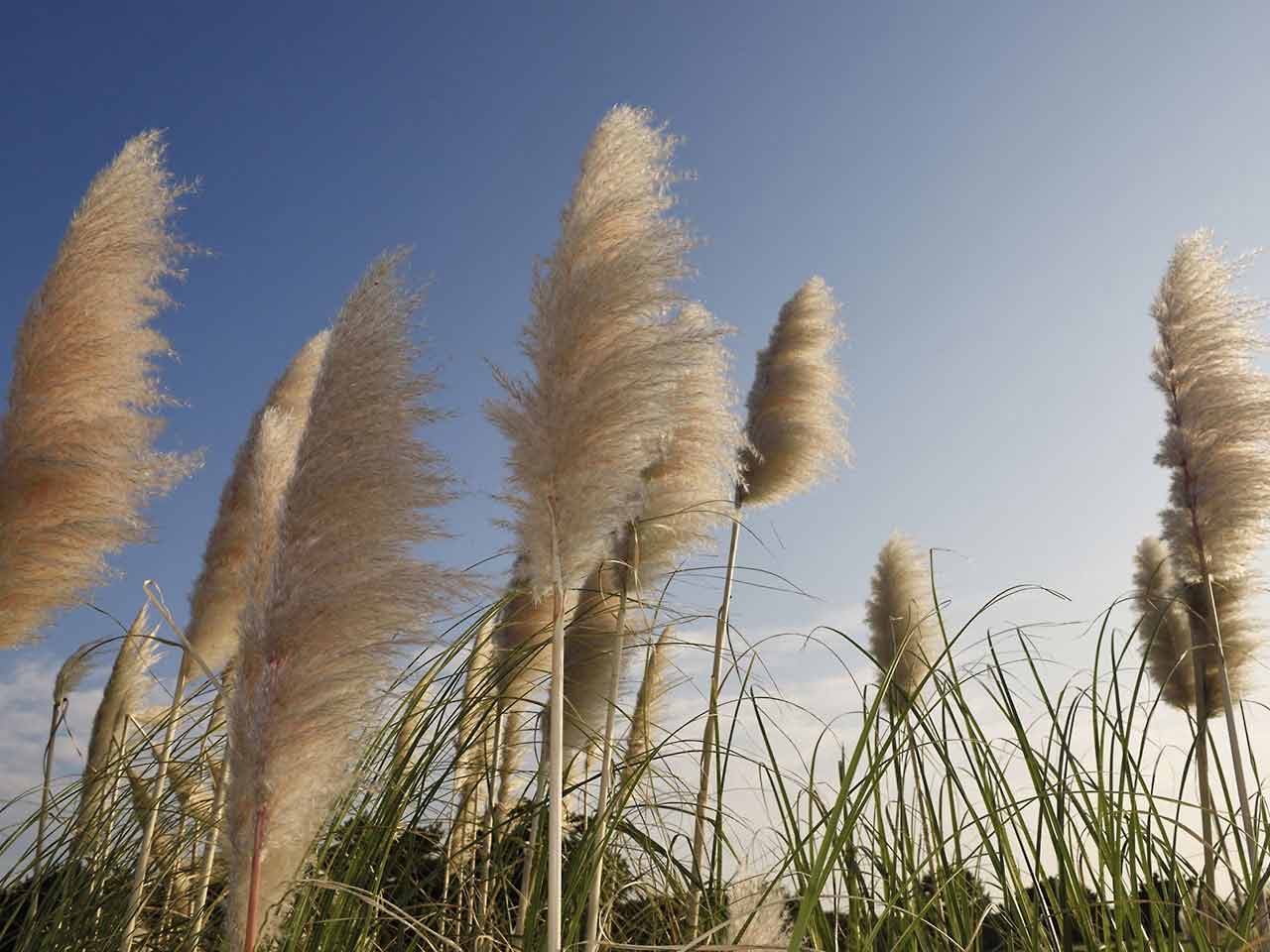
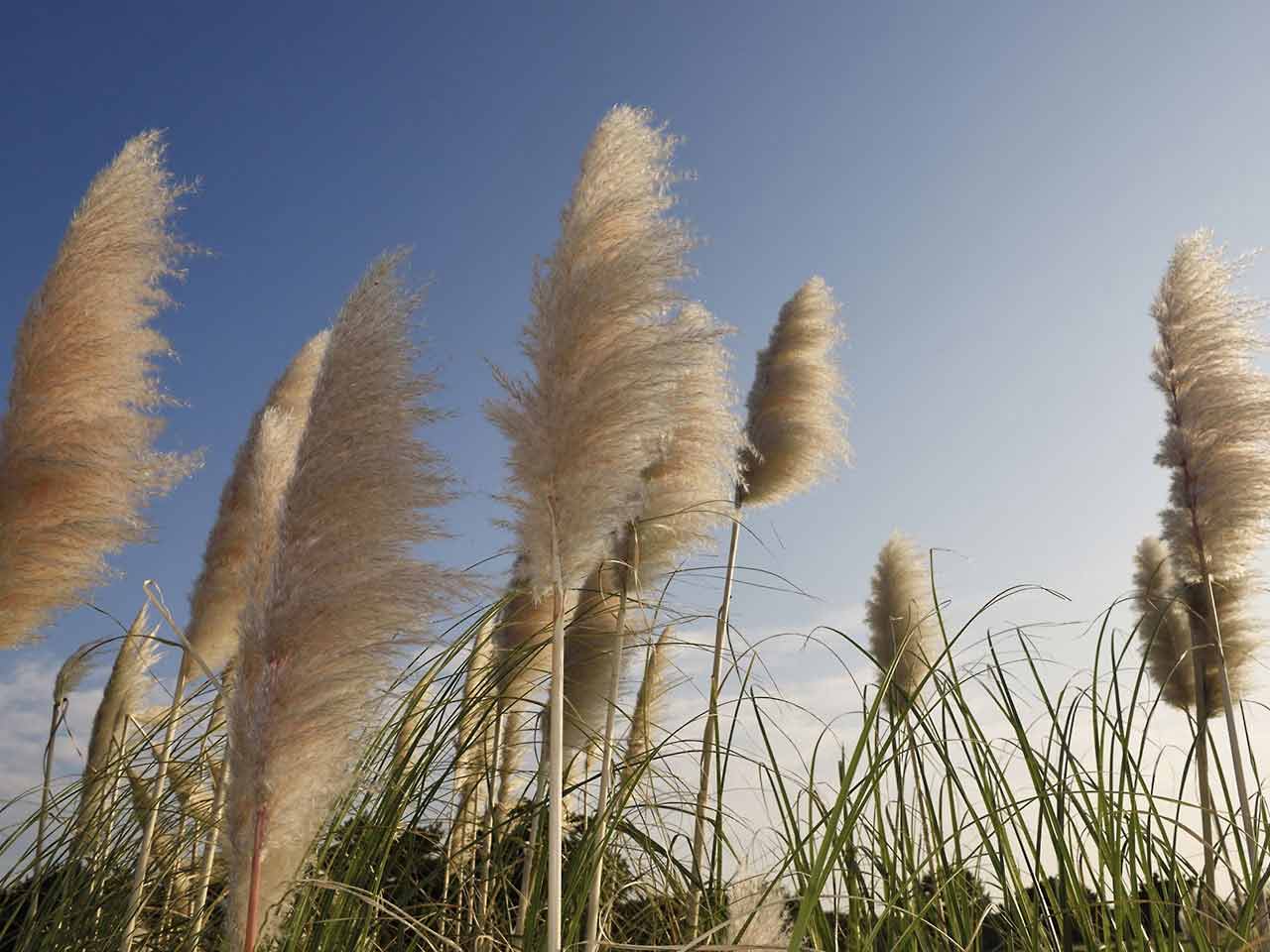
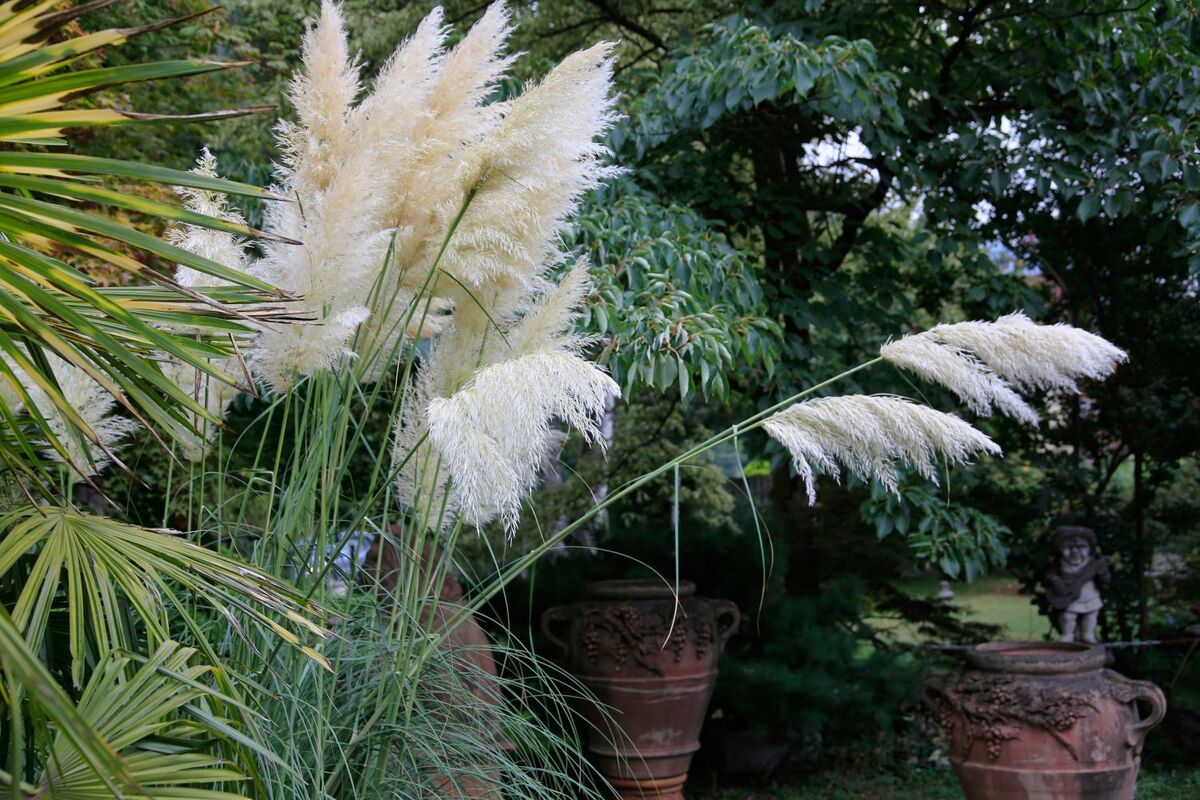

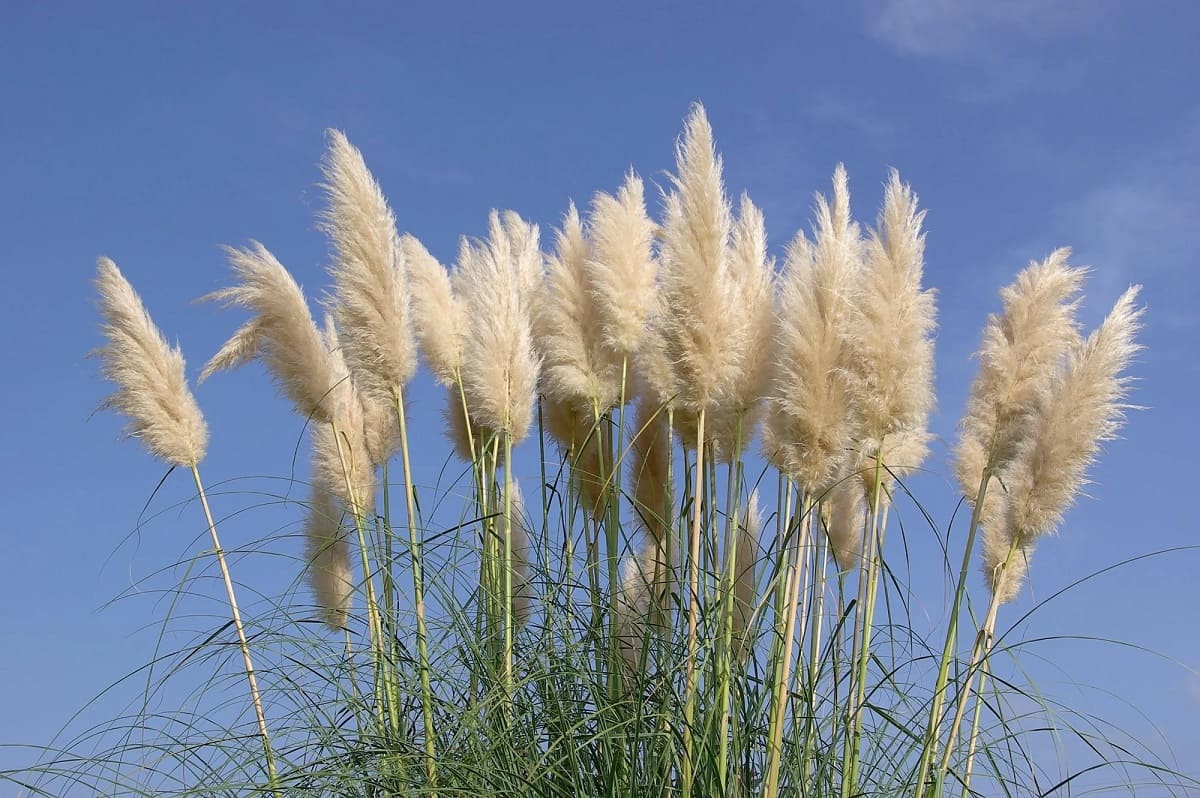

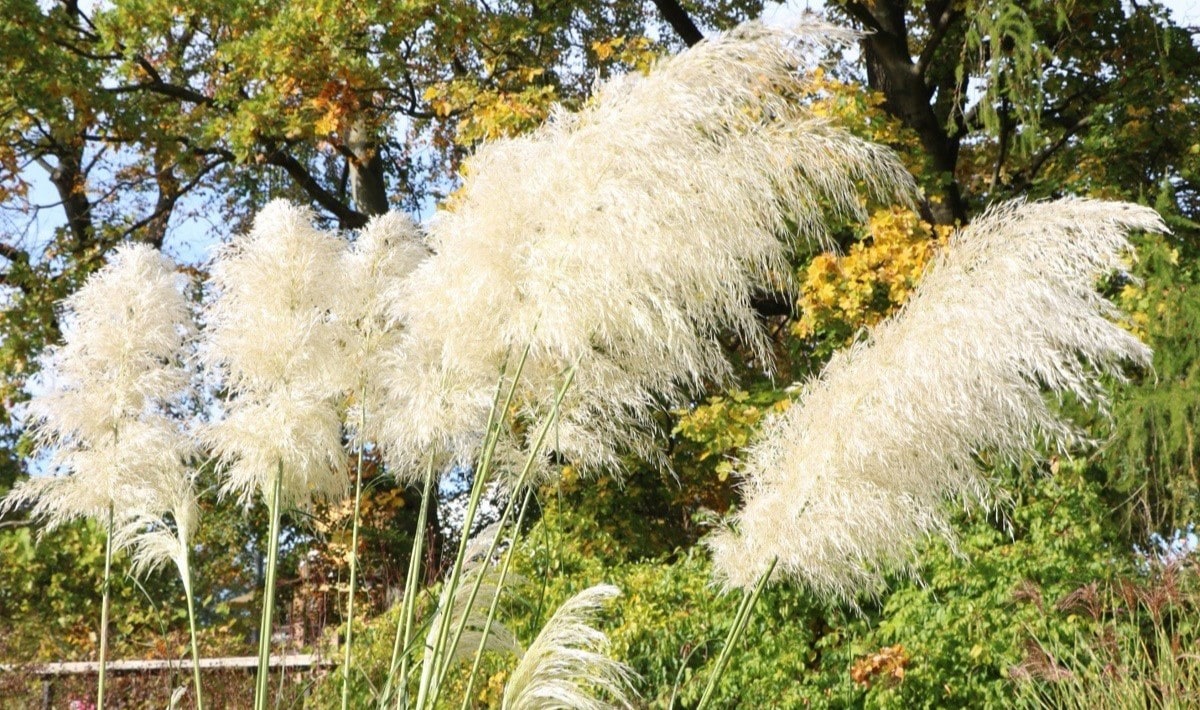
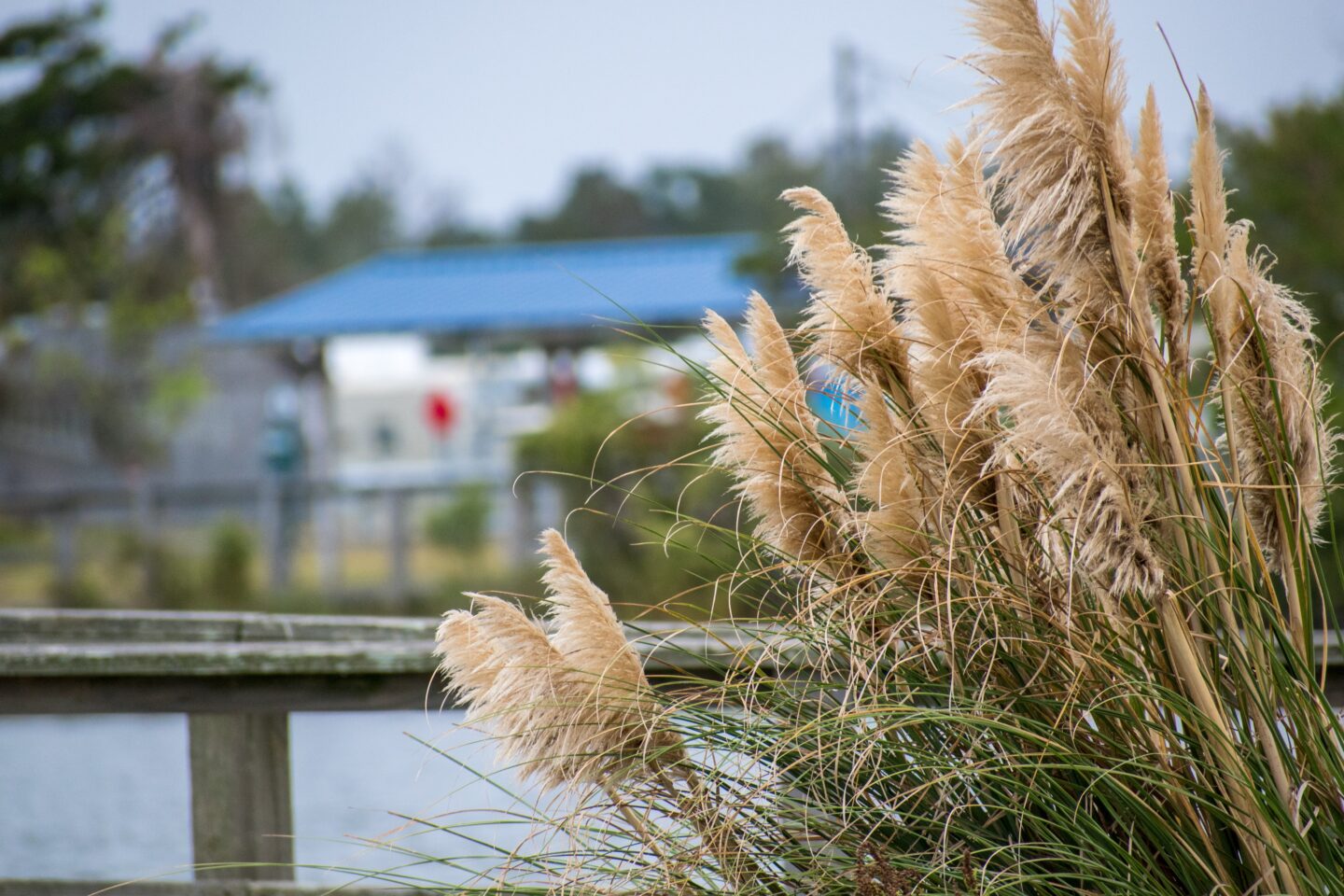

0 thoughts on “What Does Pampas Grass Symbolize”